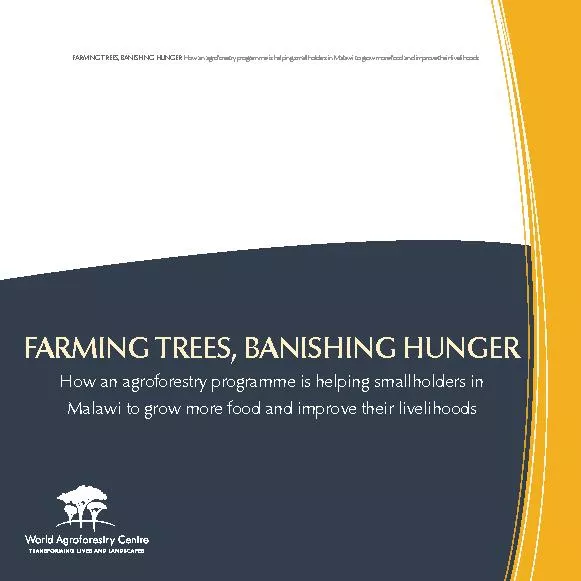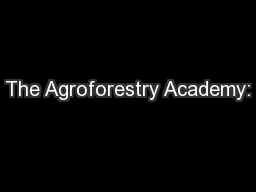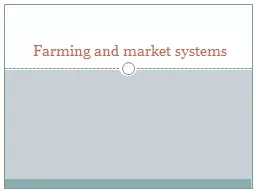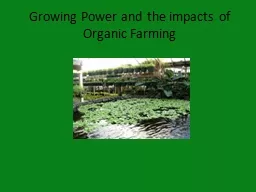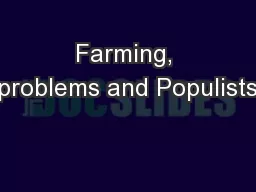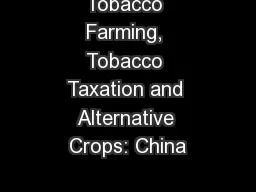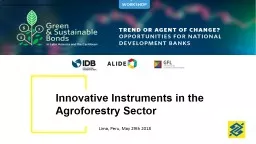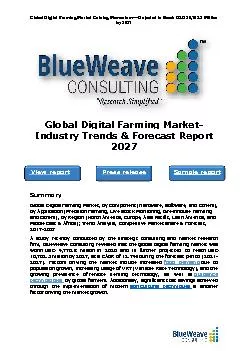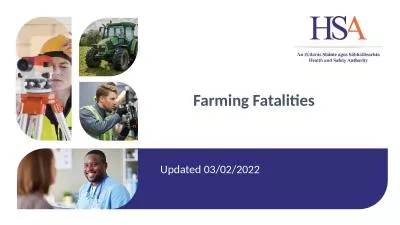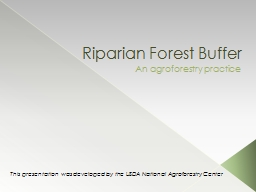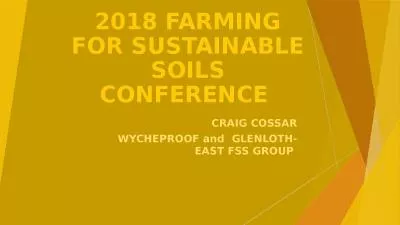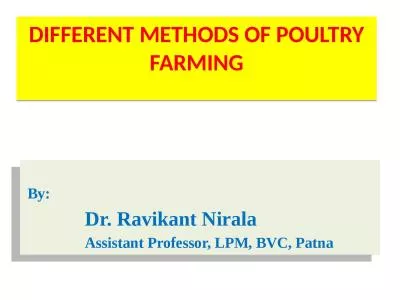PPT-Forest Farming An agroforestry practice
Author : PeacefulPlace | Published Date : 2022-08-03
This presentation was developed by the USDA National Agroforestry Center Presentation Objectives Define agroforestry Define forest farming Describe the benefits
Presentation Embed Code
Download Presentation
Download Presentation The PPT/PDF document "Forest Farming An agroforestry practice" is the property of its rightful owner. Permission is granted to download and print the materials on this website for personal, non-commercial use only, and to display it on your personal computer provided you do not modify the materials and that you retain all copyright notices contained in the materials. By downloading content from our website, you accept the terms of this agreement.
Forest Farming An agroforestry practice: Transcript
Download Rules Of Document
"Forest Farming An agroforestry practice"The content belongs to its owner. You may download and print it for personal use, without modification, and keep all copyright notices. By downloading, you agree to these terms.
Related Documents

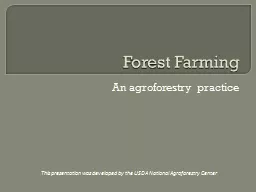
![Centre for Research in Agroforestry).[3] agricultural research station](https://thumbs.docslides.com/227102/centre-for-research-in-agroforestry-3-agricultural-resear.jpg)
